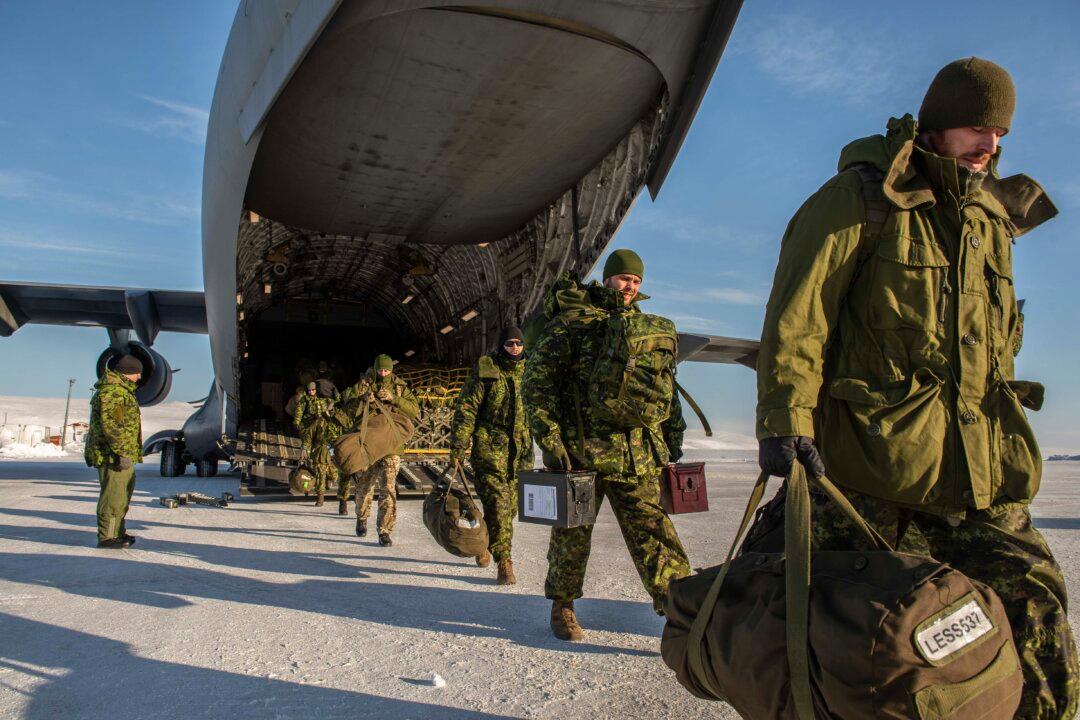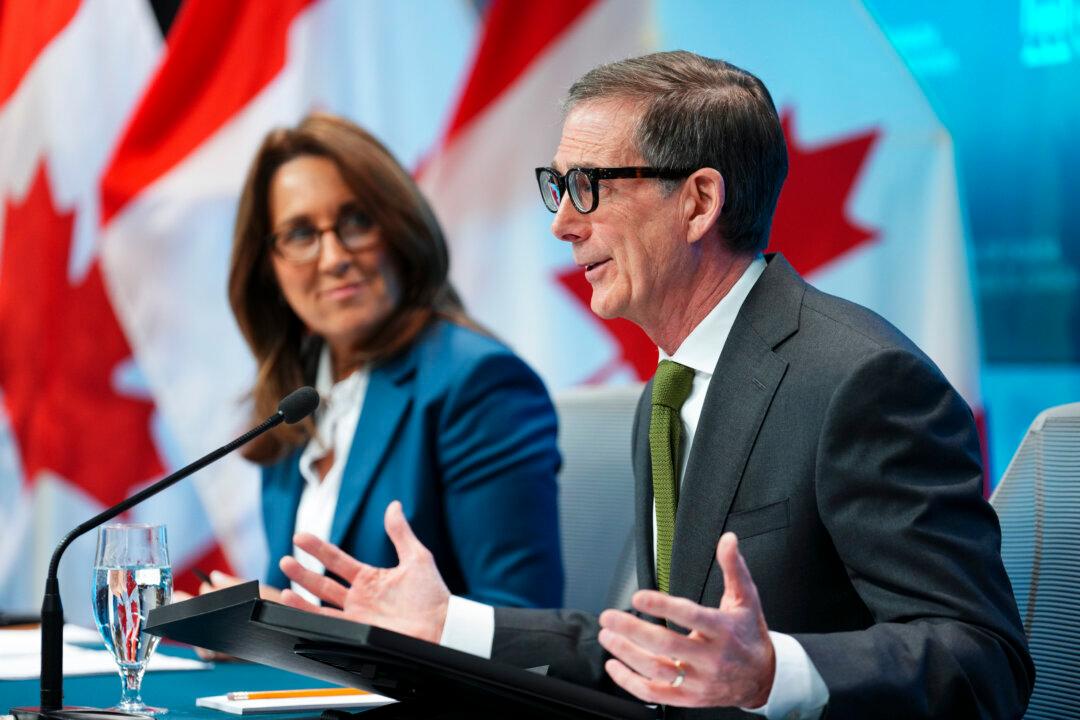European nations are boosting defence spending in light of Russia’s invasion of Ukraine, and it’s time Canada did so too, say defence analysts. The calls also come with trying to address a number of shortcomings the Canadian military faces, especially regarding defending the Arctic.
Canada should be spending 2 percent of its gross domestic product (GDP) on defence, University of Calgary political science professor Rob Huebert told The Epoch Times.
“At a minimum, Canada should do what it said it was going to do.”
It’s a target all NATO members agreed to in 2014.
Increasing defence spending sends a “signal to Moscow” and demonstrates NATO’s solidarity, says James Fergusson, deputy director of the Centre for Defence and Security Studies at the University of Manitoba.
“It’s important if the government actually follows through,” Fergusson said in an interview.
In a March 7 press conference with the leaders of the United Kingdom and Netherlands, The Canadian Press reported that Prime Minister Justin Trudeau evaded the question on whether Canada would spend up to 2 percent on its military.
Canada is spending an estimated 1.39 percent of its GDP on defence, according to the U.S. Central Intelligence Agency’s The World Factbook. In contrast, the United States spends 3.52 percent of GDP and has been urging European nations and Canada to do better.
Canada’s 2017 defence policy, Strong, Secure, Engaged (SSE), pencilled in $553 billion over 20 years for defence, which would get military spending up to about 1.4 percent of GDP by 2024–25.
In a Feb. 26 statement, the official Opposition Conservatives provided a number of recommendations on dealing with Russia including what to do on the home front.
“We believe that Canada must strengthen our own defences and renew our commitment to the NATO alliance in the face of the threats from Russia and China,” said Conservative interim leader Candice Bergen.
The urgency shown by Germany and Denmark is more evident.
“We will now—year after year—invest more than 2 percent of our gross domestic product in our defence,” said German Chancellor Olaf Scholz in a Feb. 27 policy statement.
NATO data indicates that Germany spent about 1.53 percent of its GDP on defence last year.
Scholz was unequivocal about Germany’s path forward, stating, “We will stand unconditionally by our collective defence obligation within NATO.”
On March 6, Denmark announced it will gradually raise defence spending to reach 2 percent by 2033. Reuters reported that the NATO member in 2019 agreed to raise military spending from 1.35 percent to 1.5 percent of GDP by 2023.
Since Russia’s annexation of Crimea in 2014, NATO members’ defence spending has increased across Europe and Canada by US$270 billion, NATO Secretary General Jens Stoltenberg noted on Feb. 15 at a press conference ahead of the meetings of NATO defence ministers.
Top Priority
But for Canada, not much has actually changed regarding the threat from Russia, according to Huebert and Fergusson.
“In Canada, we’re trying to create this narrative somehow that this is all new and shocking and, how could we ever be held accountable for not knowing it was going to come? The reality is this is just a continuation of what Russia has started in 2014,” Huebert said.
Huebert pointed to Russia’s attacks on Georgia and Chechnya and said the same tactics are being used against Ukraine.
“Relations with Moscow haven’t been good for a long time since 2014–2015,” Fergusson said.
But the invasion of Ukraine does raise the chance that both Canada and the United States will take action on North American defence, he added.





